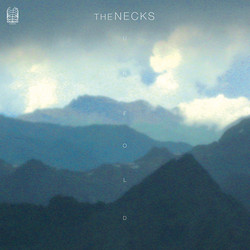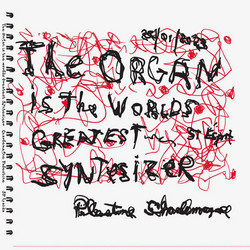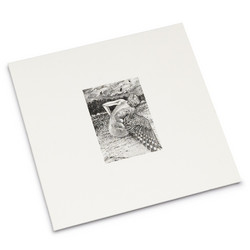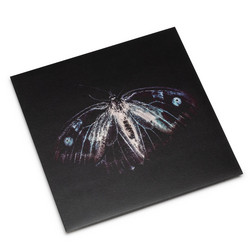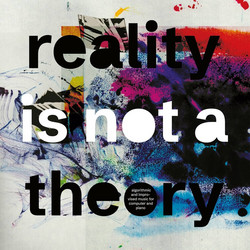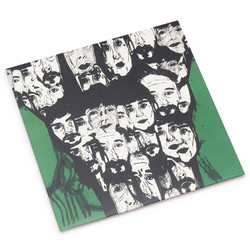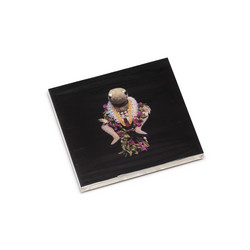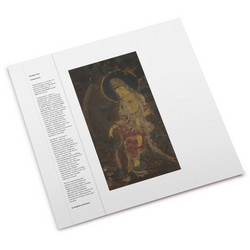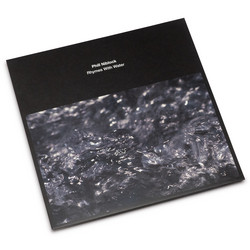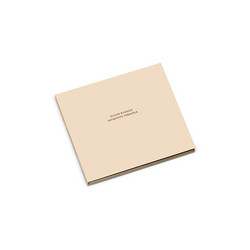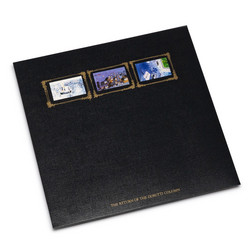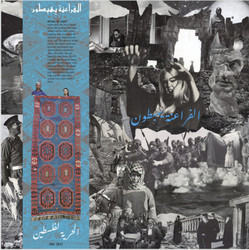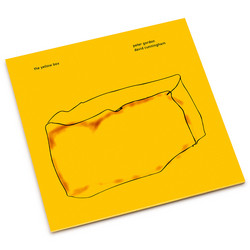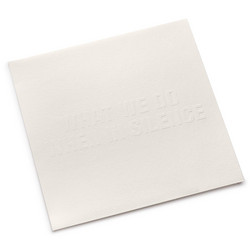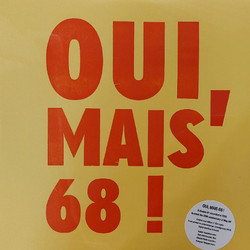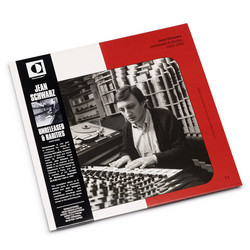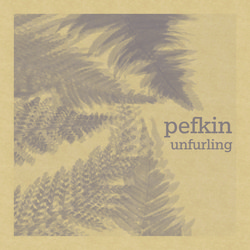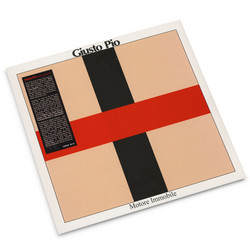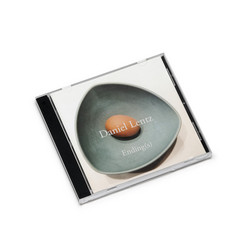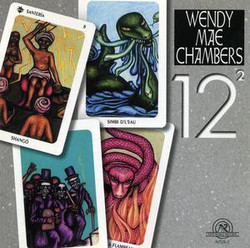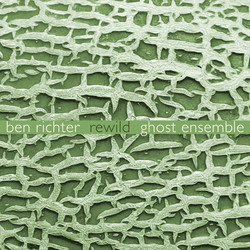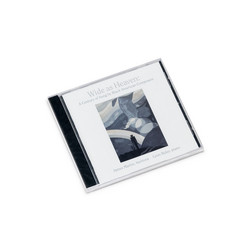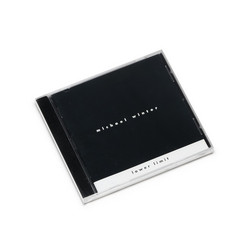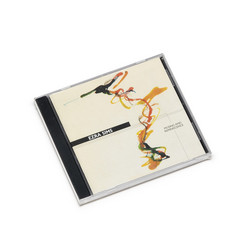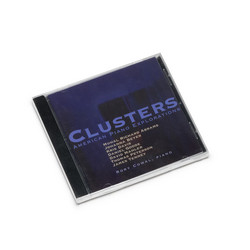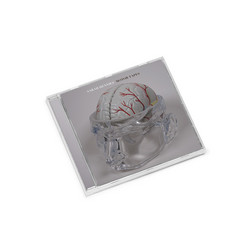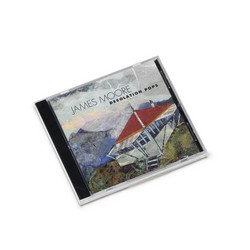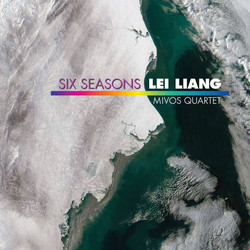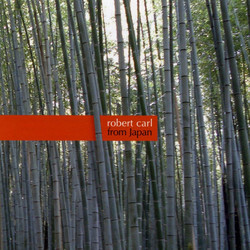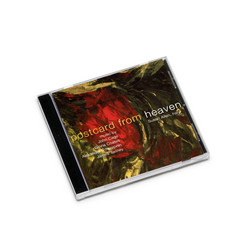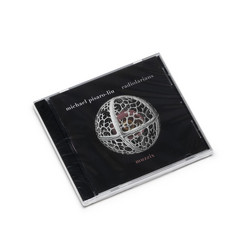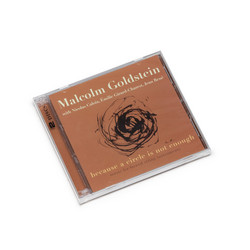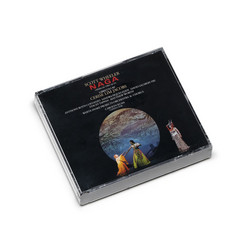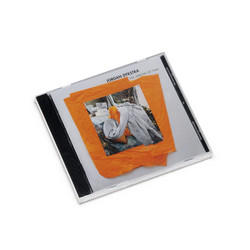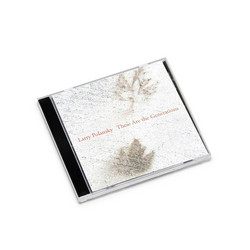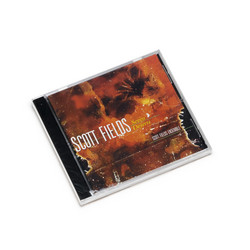As such it is an excellent introduction to Duykers's compositional aesthetic. While he has composed a great deal of multimedia work as well as orchestral music, chamber music forms the core of his catalog. Duykers's music revels in hovering somewhere between graspable tonality and a chromatic tetrachordal harmonic vocabulary that is usually associated with atonal pitch organization, unisons between players as well as a kind of motivic heterophony where players play similarly contoured but different lines simultaneously, constant metric shifts that still somehow groove, trippy microtonal interludes that do not in any way seem theoretically systemic but serve a purpose that is much more than merely ornamental, cadential silences, and - what for lack of a more readily comprehensible term could be described as - "temporary ostinatos": single notes or chords that repeat incessantly for a period of time but then unexpectedly veer off into something else. Most of Duykers's pieces also exhibit a high degree of playfulness and exuberant joy. It is telling that Duykers concludes the program notes for several of them with an admonition to the players to "have fun" or "enjoy."
Duykers's music combines intellectual rigor with sheer physical pleasure as well as metaphysical transcendence. It is music that is deeply conscious of all the music that has come before it, but is very clearly music of our time while also offering some intriguing suggestions about where the music of the future might beckon.
